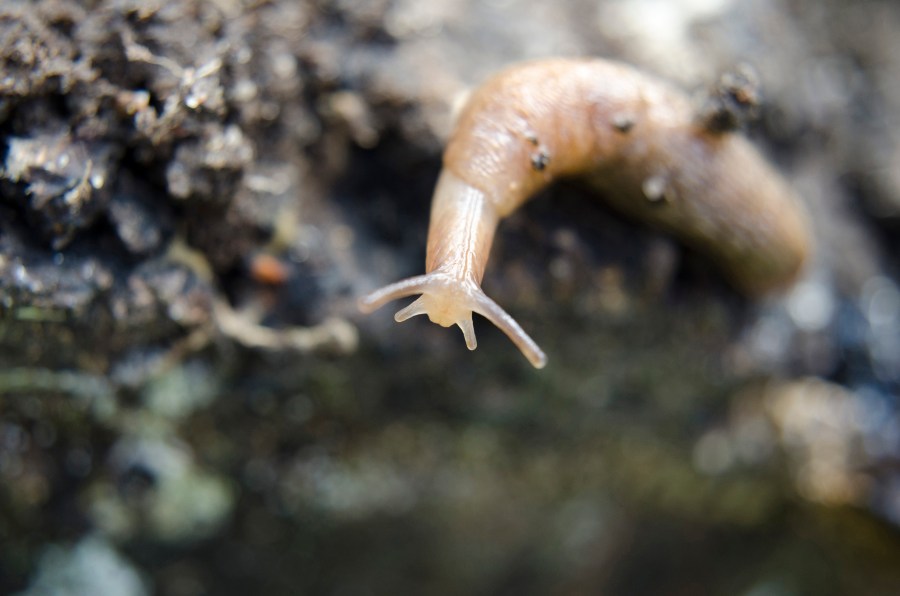With soil moisture levels high this summer, accurate application of product is the key to controlling burgeoning slug populations, urges a molluscicide expert.
This includes the calibration of spreading equipment, says Adama’s Andy Bailey. “Wet weather in June and July has provided the ideal conditions for an extended breeding window for slugs which means populations are already high, with reports of attacks on young oilseed rape crops coming in thick and fast.
“In those parts of the UK where the unsettled weather has continued into August, slug populations could be even greater, making it all the more vital for growers to apply a quality slug bait on time and accurately.”
Thresholds
However, molluscicides should only be used once populations have reached the appropriate damage-risk threshold per trapping point, and only if weather conditions are favourable.
Andy says this is because applying slug pellets immediately prior to heavy rainfall can lead to their rapid degradation. “Regular assessments to evaluate slug populations is the way to go, with spreading equipment calibrated and ready to be deployed as soon as the threshold point has been reached and a period of favourable, settled weather prevails.”
Equipment calibration
According to the National Sprayer Testing Scheme (NSTS), slug pellet applicators should be calibrated in accordance with the machinery manufacturer’s recommendations prior to and at regular intervals during the spreading season.
“Pellet spreaders and spinners should be positioned at an appropriate height for the machine on which they’re mounted (typically 110cm above the ground for quad-mounted applicators), and operated at a sensible forward operating speed of around 12kph to ensure slug pellets are applied evenly and consistently over the entire spreading width,” says Andy.
Ferric phosphate
Pellet size and consistency are also vital to application accuracy. “The only molluscicide currently available in the UK is ferric phosphate,” he explains. “But, while there are many brands of pellet that use the same active ingredient, not all baits are created equally.
“Pellet size, weight and shape all have an effect on spreading ballistics. Gusto IRON pellets, for example, are manufactured to strict tolerances to ensure they match their 2.5mm by 2.0mm size specification which ensures a consistent spread pattern and an optimal number of baiting points of 40-50 pellets/m2 when applied at typical field rates,” says Andy.




